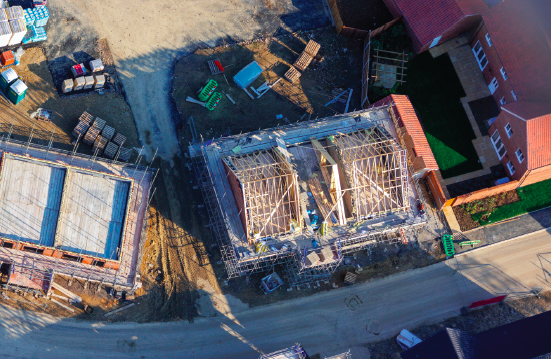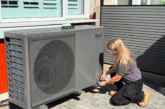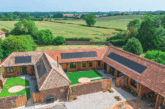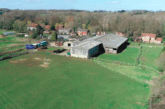
Choosing the right fixings isn’t just a technical detail, it’s a crucial investment in a building’s longevity, says James Robinson, Sales and Marketing Director of Samac Fixings.
In construction, every part of a building has a role to play in its safety, strength and longevity. It’s easy to focus on the big material like bricks, steel and timber, but the fixings that hold it all together are just as important. Choose the wrong screws, nails or fasteners and you could be looking at serious problems down the line, including leaks, weak spots or even falling foul of building codes. The key is to always use fixings designed for the materials and conditions they will face. Choose correctly, and they will stand up to the elements, meet regulations and keep everything secure for years.
Nails
The Building Regulations lay down clear rules for materials and fixings, making sure they play their part in keeping a structure safe and performing as it should. These standards have evolved over time to address changing conditions and regional requirements. Building regulations, such as BS 5534 for slating and tiling, have become stricter in recent years, particularly when it comes to securing tiles in areas prone to high winds, like Scotland for example, where the most common lengths for slate and tile roofing are larger than commonly used elsewhere.
However, when it comes to nails for new builds, the length is only part of the equation – the service class of nail used is equally important. BS EN 14592 is relevant here as it focuses on the strength and performance of nails, screws and bolts used in timber work. For most covered external uses, like securing roof battens, service class 2 electro-galvanised collated nails are ideal. This service class is the most common type of collated nail – perfect for a wide range of modern nail guns, making installations quick and efficient. But when it comes to cladding, electro-galvanised steel is not sufficient. Since cladding is often fully exposed to the elements, the nails used need to be more corrosion resistant. This is where service class 3 stainless steel nails come in. If a lesser service class is used, they will begin to rust, leaving unsightly stains on the cladding and will eventually weaken the structural rigidity of the boards. So, when choosing nails for different parts of the build, always consider the exposure level and select the suitable service class for the job.
Hooks
It’s not only nails that require careful selection; other roofing hardware like spike slate hooks also need to be chosen with care to prevent premature failure of the fixings. BS 5534 dictates that these hooks should be A4 (316) stainless steel.
However, some contractors still use the less durable A2 (304) grade stainless steel – this is suitable for many general-purpose applications but isn’t as resistant to harsh conditions, especially in coastal or highly exposed environments where salt and certain chemicals in the air can speed up corrosion. A A4 (316) grade stainless steel hook is recommended as it offers superior corrosion resistance and is better suited to withstand harsh weather conditions. BS 5534 also states that specifically spiked slate hooks should be used, yet we still see some contractors requesting batten hooks to do this job. Using the wrong hardware can lead to weaker installations and potentially more costly repairs down the line.
Screws and Fixings
Securing insulation is another clear example where using the correct fixings counts. When securing flat roof insulation for instance, there are several options, such as specialised screws, mechanical fasteners or adhesives. The goal is to select the fastener that offers both strength and efficiency.
Helical fixings are commonly used as they rotate as they’re driven in, preventing timber splitting or bouncing, and they maintain the gap needed so the insulation isn’t squashed. However, they can cause thermal bridging which, as the demand for energy-efficient homes increases, is a significant concern. Warm roof fixings are a great solution to this as they are designed with low thermal conductivity and include thermal breaks to reduce heat loss through the fixings themselves – ensuring the insulation performs as intended over the long term. It’s a small but essential detail that supports wider energy efficiency goals and helps meet compliance requirements.
The upcoming Future Homes Standard reinforces this compliance shift, setting a much higher bar for insulation performance and overall energy efficiency. Thicker insulation is now the norm, which in turn demands longer fixings that can deliver reliable holding power without compromising thermal performance. In response, manufacturers have expanded their offerings to include screw lengths of 220mm and 240mm as part of their ranges, helping specifiers and contractors meet these new demands with confidence. As a result, we have expanded our range of Performance Plus screws to include these longer sizes.
Selecting the right fixings is not just about convenience; it’s about ensuring the safety, durability and longevity of a building. Whether it’s nails, hooks or screws, these small components play a huge role in keeping everything secure and can make all the difference to the success of a project.
WANT TO KNOW MORE?
For more information on Samac Fixings please visit www.rdr.link/dbc033








